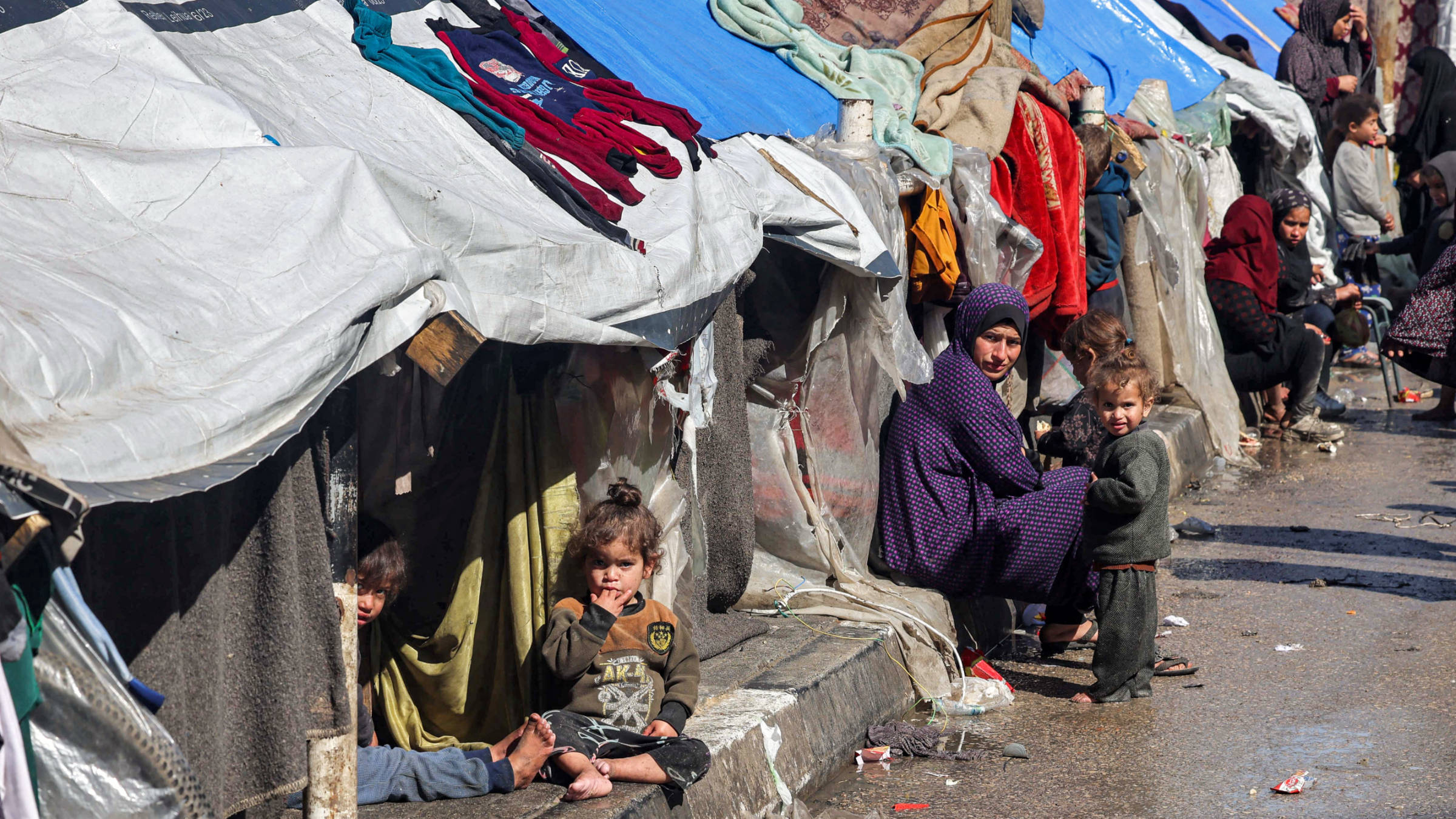In recent times, the phrase “all eyes on Rafah” has captured significant attention across various media platforms. This article delves deep into the multifaceted dimensions of Rafah, exploring the key players, timeline of events, personal and professional impacts, Public and Media Reactions, and future prospects. Our goal is to provide an in-depth, comprehensive, and engaging overview that surpasses existing information available online.
Rafah, a city straddling the border between the Gaza Strip and Egypt, has become a focal point of international attention. The phrase “all eyes on Rafah” encapsulates the heightened scrutiny and interest in this region due to its strategic, political, and humanitarian significance. As tensions and developments unfold, understanding the complexities surrounding Rafah is crucial for grasping the broader geopolitical landscape.
Key Takeaways
- Strategic Importance: Rafah’s location makes it a critical juncture for political and humanitarian activities.
- Key Players: Various stakeholders, including political entities and humanitarian organizations, are involved.
- Events: Significant milestones have shaped the current situation in Rafah.
- Impact: The events in Rafah affect both personal lives and professional dynamics in the region.
- Public and Media Reactions: Media coverage and public opinion play a significant role in shaping perceptions.
- Future Prospects: Upcoming plans and potential developments in Rafah are pivotal to watch.
Detailed Explanation
Who’s Involved?
Rafah’s geopolitical landscape is influenced by a myriad of stakeholders. Key players include:
- Palestinian Authorities: The governance and administrative control within the Gaza Strip, including Rafah, are managed by Palestinian authorities.
- Egyptian Government: Egypt’s control over the border crossing and its policies significantly impact Rafah’s dynamics.
- Humanitarian Organizations: Numerous NGOs and international bodies are actively involved in providing aid and support to the residents of Rafah.
- International Community: Global powers and international organizations play a role in diplomatic and humanitarian efforts related to Rafah.
Events
The situation in Rafah has evolved through a series of critical events:
- 2005: The Israel-Gaza disengagement plan led to the withdrawal of Israeli forces from Gaza, including Rafah.
- 2013: The Egyptian government intensified control over the Rafah border crossing, impacting movement and trade.
- 2020: Increased humanitarian efforts were initiated in response to escalating crises in the region.
- 2023: Renewed diplomatic efforts aimed at easing tensions and improving the humanitarian situation in Rafah.
Impact
The ongoing developments in Rafah have profound effects on the daily lives of its residents and the broader professional landscape:
- Personal Lives: Residents face challenges related to restricted movement, limited access to resources, and ongoing security concerns. Despite these hardships, the community’s resilience and adaptability are noteworthy.
- Professional Dynamics: Local businesses, humanitarian workers, and governmental agencies operate under complex and often challenging conditions. The economic impact is significant, with trade restrictions and limited access to markets affecting livelihoods.
Public Reaction

Media coverage and public opinion play a crucial role in shaping the narrative around Rafah:
- Media Coverage: International and regional media outlets frequently report on Rafah, highlighting both the humanitarian crises and political developments. Significant coverage includes reports on border closures, humanitarian aid efforts, and diplomatic negotiations.
- Public Opinion: Public sentiment varies widely, influenced by cultural, political, and social perspectives. Social media platforms serve as a space for individuals to express their views, share personal stories, and mobilize support for various causes related to Rafah.
Future Plans
The future of Rafah is shaped by ongoing and upcoming initiatives aimed at addressing the region’s challenges:
- Diplomatic Efforts: Continued diplomatic negotiations seek to ease tensions and improve conditions for residents. Potential agreements could lead to more stable and secure conditions.
- Humanitarian Initiatives: Increased focus on humanitarian aid aims to address immediate needs and support long-term development. Initiatives include infrastructure projects, health care improvements, and educational programs.
- Economic Development: Efforts to boost the local economy through trade facilitation and investment in local businesses are critical for sustainable growth.
In conclusion, the phrase “all eyes on Rafah” aptly captures the global attention focused on this pivotal region. Understanding the strategic importance, key players, historical context, and future prospects of Rafah is essential for comprehending the broader geopolitical and humanitarian landscape. As developments continue to unfold, staying informed and engaged with the situation in Rafah remains crucial for policymakers, humanitarian workers, and the global community at large.
By providing a comprehensive and detailed overview, this article aims to surpass existing information, offering valuable insights and clarity on the intricate dynamics of Rafah.


